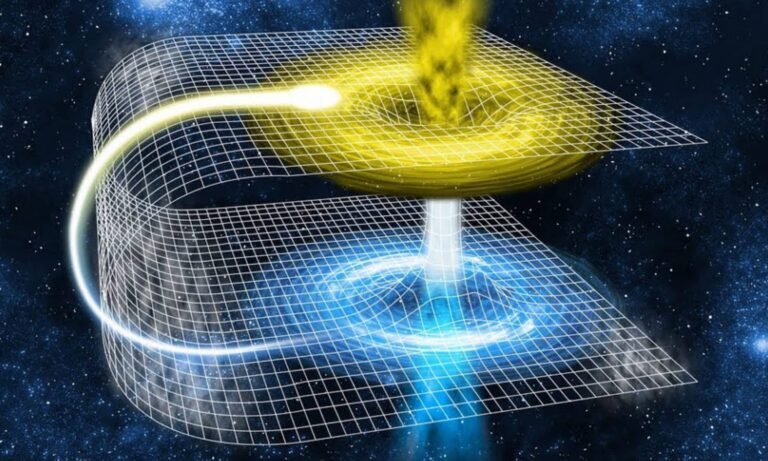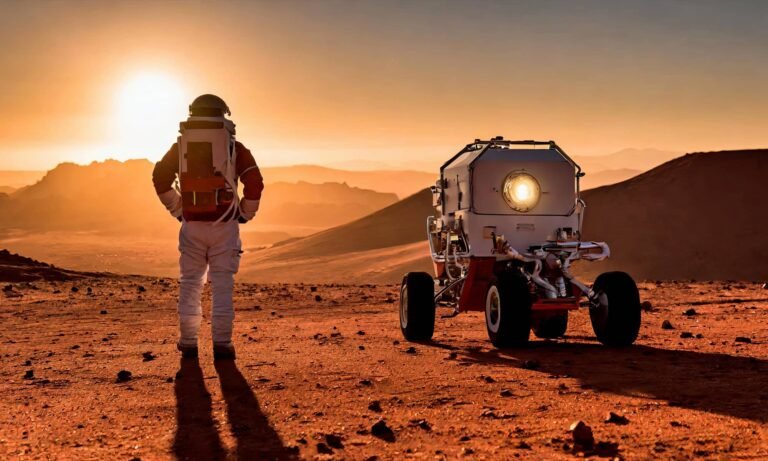From the dawn of man until very recently, humans have been Earthbound, unable to reach even the clouds – let alone space. It’s only within the last hundred years or so that the advent of manned flight and rocket ships has made the heavens attainable. In that time, we’ve sent people to the moon, rovers to Mars, and space probes deep into the reaches of our solar system. And advanced telescopes that orbit Earth and explore space are bringing even the most remote edges of the universe closer to home. Space Exploration has always captured the imaginations of people around the world. The advancements in technology, international collaboration, and private sector involvement have all contributed to an exciting era in space exploration. From the exploration of Mars to the potential of space tourism, the possibilities seem boundless.
International collaboration has become increasingly important in space exploration. Organizations such as NASA, ESA, Roscosmos, and the CNSA have worked together on various missions, pooling resources and expertise to achieve common goals. The International Space Station (ISS) stands as a shining example of successful cooperation in space exploration. The involvement of private companies like SpaceX, Blue Origin, and Virgin Galactic has revolutionized space exploration. These companies are driving advancements in rocket technology, satellite deployment, and even the potential for commercial space travel. Their innovations have contributed to Space Agencies and making space more accessible and cost-effective.
Problems We Face

- Takeoff – Gravity’s a drag
- Propulsion – Our ships are way too slow
- Space junk – It’s a minefield up there
- Navigation – There’s no GPS for space
- Radiation – Space turns you into a bag of cancer
- Food & water – Mars has no supermarkets
- Bone & muscle wasting – Zero gravity will transform you into mush
- Mental health – Interplanetary voyages are a direct flight to space madness
- Touchdown – Crashing is not an option
- Resources – You can’t take a mountain of aluminum ore with you
- Exploration – We can’t do everything by ourselves
- Space is big – Warp drives don’t exist… yet
- There’s only one Earth – Let’s not boldly go – Let’s boldly stay
International Space Station
The International Space Station (ISS: Take a Tour) is a research laboratory in low Earth orbit. With many different partners contributing to its design and construction, this high-flying laboratory has become a symbol of cooperation in space exploration, with former competitors now working together.
While the HDEV (High Definition Earth Viewing) experiment was operational, views were typically sequenced through the different cameras. The HDEV cycling of the cameras was sometimes halted, causing the video to only show select camera feeds. After HDEV stopped sending any data on July 18, 2019, it was declared, on August 22, 2019, to have reached its end of life. See the Final Report.
The High Definition Earth Viewing (HDEV) experiment mounted on the ISS External Payload Facility of the European Space Agency’s Columbus module was activated April 30, 2014 and after 5 years and 79 days was viewed by more than 318 million viewers across the globe on USTREAM (now IBM Video) alone. Highlights:
Currently, Live Video of Earth is streaming from an external HD camera mounted on the ISS. The camera is looking toward Earth with an occasional solar panel passing through the view. Additionally, this Live ISS Stream includes internal views when the crew is on-duty and Earth views at other times. The video is accompanied by audio of conversations between the crew and Mission Control and is only available when the space station is in contact with the ground. At any other time, you will see only either a black or blue screen. Since the station orbits the Earth once every 90 minutes, it experiences a sunrise or a sunset about every 45 minutes. When the station is in darkness, external camera video may appear black, but can sometimes provide spectacular views of lightning or city lights below.
The JWST
The James Webb Space Telescope is a space telescope designed primarily to conduct infrared astronomy. As the largest optical telescope in space, its greatly improved infrared resolution and sensitivity allow it to view objects too early, distant, or faint for the Hubble Space Telescope. The JWST has four key goals:
- to search for light from the first stars and galaxies that formed in the universe after the Big Bang
- to study galaxy formation and evolution
- to understand star formation and planet formation
- to study planetary systems and the origins of life

Future of Human Space Exploration
The future of human space exploration is incredibly exciting and full of potential. It holds the promise of new discoveries, technological advancements, and the potential for humans to become a multi-planetary species. It’s an exciting time to be following the developments in this field!
- Artemis Program: NASA plans to return humans to the Moon by 2025, with the goal of establishing a sustainable presence. This will serve as a stepping stone for future missions to Mars.
- Mars Missions: NASA and other space agencies are preparing for the first human missions to Mars. These missions aim to explore the Red Planet and eventually establish a human presence.
- Private Space Exploration: Companies like SpaceX and Blue Origin are playing a significant role in space exploration. SpaceX’s Starship aims to carry humans to Mars, while Blue Origin focuses on lunar landers and space tourism.
- International Collaboration: Space exploration is becoming more collaborative, with international partnerships playing a crucial role. The International Space Station (ISS) is a prime example of successful international cooperation in space.
- Technological Advancements: Innovations in space technology, such as reusable rockets and advanced robotics, are making space exploration more feasible and cost-effective.
- Deep Space Exploration: NASA’s James Webb Space Telescope and other missions are uncovering secrets of distant galaxies, enhancing our understanding of the universe.
- Sustainable Space Exploration: Efforts are being made to ensure that space exploration is sustainable, with a focus on minimizing environmental impact and maximizing the benefits for humanity.
What’s More
The posts in My Blog feature reflective, story-driven pieces rooted in personal and societal insights.
The topics in My Interests explore abstract, philosophical ideas and their cultural and societal impact.
👁️ 8,486 Views













